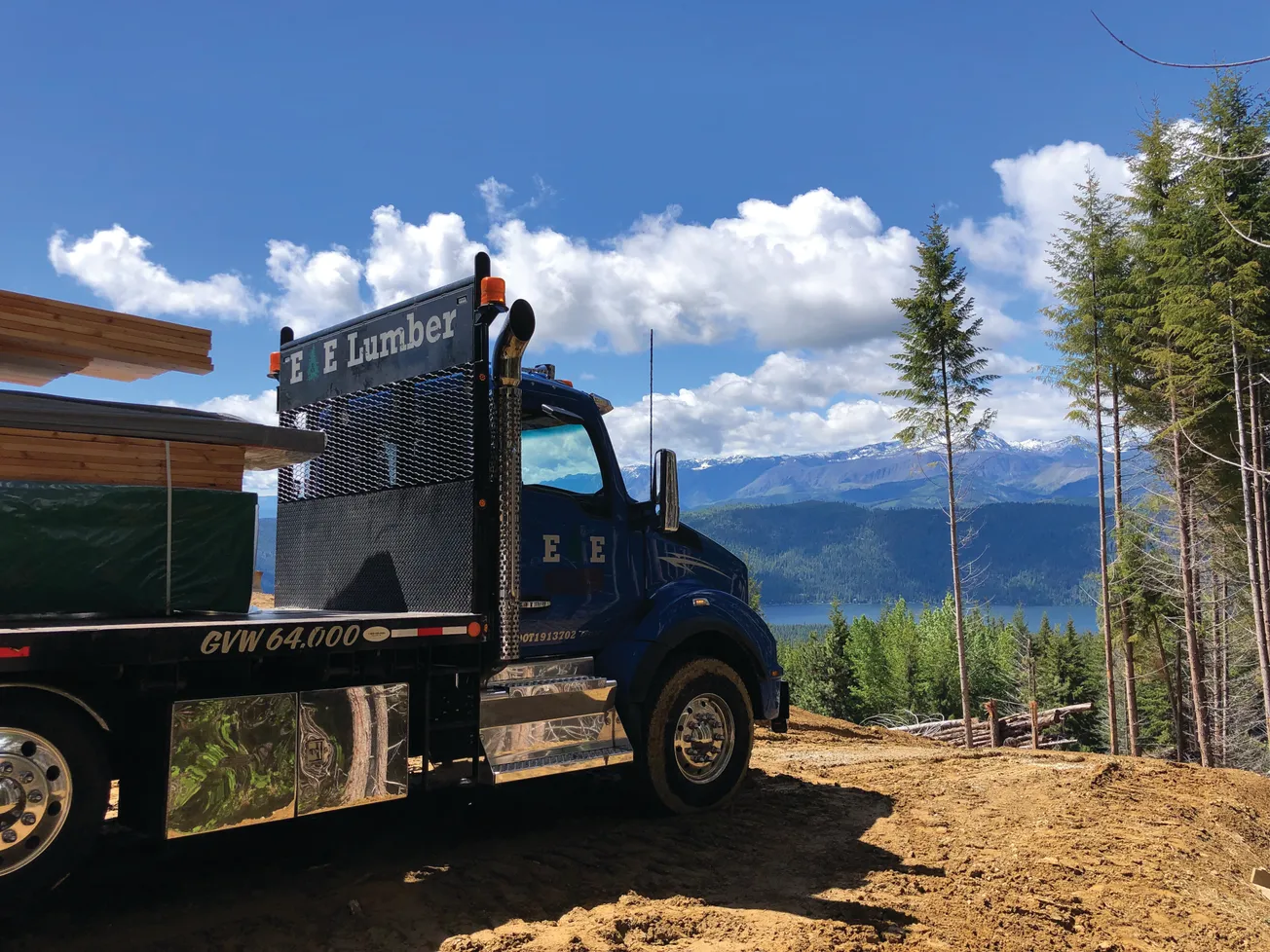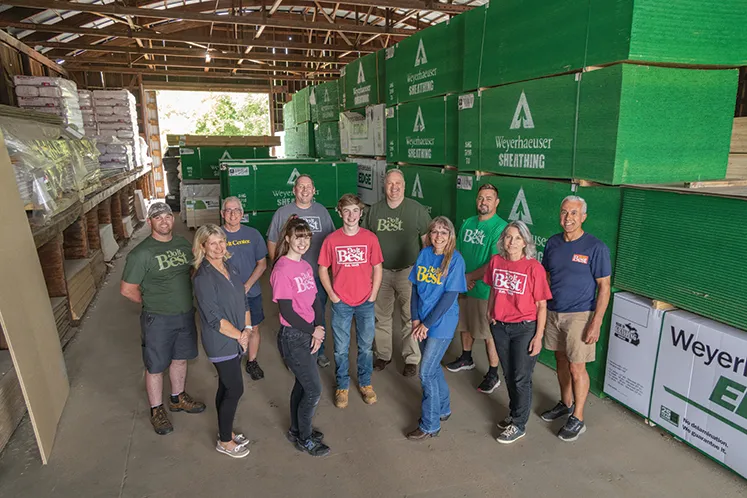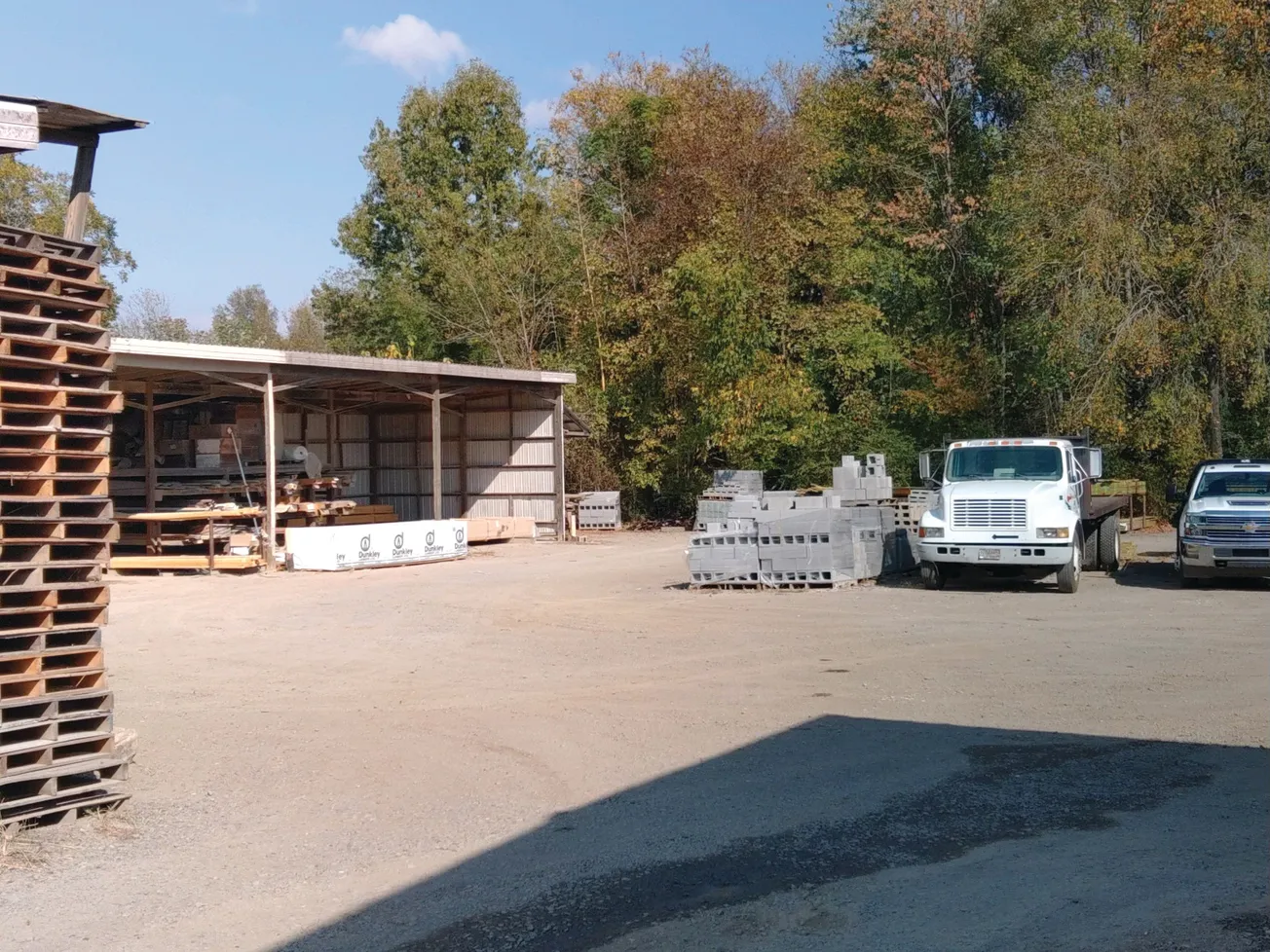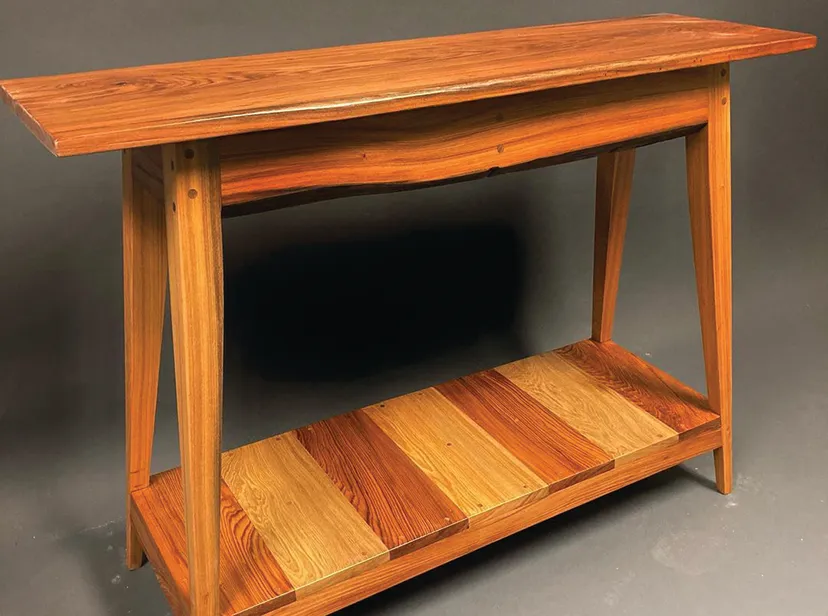Table of Contents
Boone Kenton Lumber & Building Supply Co., of Erlander—in business for 101 years—is the oldest enterprise in the Kentucky town and the third-oldest lumberyard in the entire state.
That, and a couple of bucks, will get you a cup of coffee at the local diner. Good for braggin’ rights. But does it make Erlander’s 75,000 citizens brake for the driveway on their way to Menards, Lowe’s and Home Depot, all just five miles down the road? This might, though: Boone Kenton’s revenue jumped from $1.7 million in 2018—the year 40-year-old Gene Works took over ownership from his dad, Herb—to $2.5 million today. Clearly, they’re still doing something right.
Part of the credit goes to that realtors’ mantra, location-location-location. The town, it seems, had the good sense to build the airport that serves everyone flying into nearby Lexington, Ky.; Dayton, Oh.; and Cincinnati—all of which receive Boone Kenton deliveries on a daily basis.
Erlanger itself arose around the lumberyard. Herb Works bought it, with a partner, for its prime site smack at the end of the railroad line from Cincinnati. His son Gene recognizes the wisdom in staking his bet on the town’s future: “Kentucky is growing at an unbelievable rate,” he attests, “and our town is filled with lots of old, Victorian houses, now being converted into four-family apartments.
“Remodeling work, like that, is our bread and butter. We do lots of renovations, using our custom millwork operation and extensive line of rare hardwoods. We’ve made a name for ourselves on the premier hardwoods and our promise to keep them in stock.” Plus, he adds, Churchill Downs racetrack has nearby expansion plans on its radar the moment the economy allows.
All of which are armor against the likes of Depot. “We never (never!) carry any brands the big boxes have. Ours will be better, cost a little more, whether it’s 2x4s or decking or our railings, which accounts for close to 15% of our sales. We buy them by the container load. Plus our service is tops: If we get them in once, they’ll be back,” Gene guarantees.
“The way our store works,” he continues, “is that I, my wife Crystal, and my manager Paul focus on our (8,000-sq. ft.) showroom; we keep everything in stock and do it all ourselves. Our hires are mostly in the yard, where the qualifications for working here are: pass the drug test and present a truck driving license. It’s a bonus if they’re good with a forklift or have worked around lumber in the past—even better if they’re familiar with the different types of wood. Also,” Gene notes, “my brother works three hours daily, starting at 7 a.m. You couldn’t catch me out here that early,” he laughs, “so I delegate that to him!”
Crystal is responsible for the books and for interior inventory as well as the new computer system installed last year (replacing the antique model from 1988). “She trained herself, then the rest of us, and it revitalized our bottom line. Minimized our waste. The biggest thing was, orders no longer come up by job number, so we can now retrieve them five years down the road if need be. It really helps to get the books squared away, especially on inventory. In the lumber business, you can get caught short real quick, and there’s a lumber shortage right now.” But no longer any surprises, thanks to the technology update.
“When I came aboard, I noticed in Accounts Receivable, we were carrying some bad debt. Because credit had been available, things had gotten a bit sloppy. We needed to get rid of our antiquated ways because custom orders cannot be returned; now, if you order a door, you pay for it upfront.
“Our number-one challenge is competing with the boxes, which have more buying power.” To counteract that, “I massage my relationships with our vendors, who are now entering a new, younger generation. I specialize in hardwood. Specialty cuts. Without those specialty items, such as cuts for a coffin company (1,800 cuts of OSB), we could be out of business. Those contracts can help us get through the slow time in winter, plus give us solid numbers to look for, coming up.
“That was my number-one change. Number two? To service our existing customers and keep them coming back. I started attending meetings of the Kentucky Building Materials Association, the Rotary, Kiwanis: If you’re out there, making friends, they’ll remember you,” Gene finds.
Before returning to Kentucky—which he swore he’d never do—Gene had worked in New York, Chicago and elsewhere—bartending and whatnot—including a stint at Carter Lumber in South Carolina. “The manager there taught me, in approaching a potential builder client, to learn what he needs. If he has an alliance with another dealer, someday there’ll be an item that yard can’t supply. Bid for it, deliver it, and service it, and you’ll get his business. If it’s promised by a certain date, stand by it. (We’re only as strong as our vendors make us,” Gene adds as a heads-up caution.) “When you hear, ‘It used to take two weeks at x, but you got it for me in two days,’ well, that’s how you grow your bottom line. It may not be a big product, but if you sell more of it, that’s profit in the future.”
Yet, there remained a bigger hurdle to doing more business, and at last Gene faced that elephant in the showroom: The property itself, which had undergone two fires, had not been remodeled in almost 40 years. Eight months ago, Gene and Crystal decided it was high time, after a woman tripped over a loose floor tile in an aisle. “Right away, we started stripping that tile like mad, working till 4 a.m.—which led to more than we were prepared for: bad underpinnings beneath the showroom floor.
“We rented a machine and ground the concrete down to stone, doing a patch at a time, moving the fixtures back and forth and keeping the dust out. It took two months, and we stayed open for business the entire time. We did it all ourselves. “Crystal found some Rustoleum garage floor paint and did the whole floor (‘Stay outta my way!’) herself; she paints far better than I do. A Kmart down the road went out of business, so we bought their gondolas, which Crystal painted black and hauled on over.
“Also, we installed more lighting and created a new display area in the front of the store in former dead space. We opened a walled-off area that had not been used in 30 years. We painted it and use it like Costco does—a place for discounted over-stocks and pallets, maybe windows and doors.
“The best thing about the project is, we built a deck inside. Every five boards it changes color. We put a rail around it, sided it, and attached a Masonite door; through that door are our kitchen cabinets. At the end of the whole renovation project, I will say this: It was such an endeavor! We did it all ourselves, and we are NOT professionals.”
Customers became cheerleaders, monitoring the daily progress as they shopped (“Gonna ever finish?” “Looking great!”) Now, they love the open spaces and increased light. It’s also far easier to clean, which “the ladies appreciate.”
It’s brought in scores of new customers as well. As Gene reports, “My dad said to me the other day, ‘Look around! For the first time in 60 years, people are shopping, not just in-and-out. They’re browsing the aisles.” Plus, people here like to shop small, shop local. Our staff knows them by name; they greet each other with a COVID-style elbow bump.” The renovation also won the company an award as the Best Lumberyard in Northern Kentucky by the prestigious Cincinnati Inquirer newspaper poll.
Never mind that Boone Kenton prices are a bit higher than those at the competitors’ boxes. “We handle good quality, and people know it, and that protects me. The other day, a man told me he’d picked up some exotic plywood at Menards because it was $10 cheaper. ‘I sanded the stuff and it all came apart,’ he told me. ‘It was too cheap.’”)
Bucking the trend in many a yard across the country, Boone Kenton’s walk-in customers outnumber the ranks of pros. (The company does keep a roster of reliable contractors to recommend to these homeowners, upon request. And, of course, those pros know where to shop.) “We keep composite decking in stock, buying it by the truckload for a better price, and it gets people in here. Then,” Gene laughs, “they end up buying a nicer grade. We’re able to upsell, especially if their wives are along. Plus Crystal knows so many people because she came from the hospitality industry, so that’s brought us a whole new customer base.”
Railing is unique niche that’s grown to account for close to 15% of sales. “I sell three types—two aluminum and one iron,” Gene notes. “My philosophy is, find a niche and then make money on it.”
Gene’s marketing efforts, he explains, are “all digital. And it works! For example, we advertised on Digital Dashboard for a small product we’d never sold before: an oscillating blade. When I checked the shelves to see how it was doing, all I found was an empty box. It sold out before it even hit the shelves! Marketing like this can turn us into a 24/7business, which I’d like to happen down the road. We might have to hire a second shift, to ship across the country.”
Sounds like Gene, 40, is hooked for life. But you couldn’t have told him that at 18. “I went to college to get away from the business. After many jobs in many cities, I ended up at Carter Lumber. But soon, I thought, ‘This is crazy, working for someone else’s lumberyard.’ Then Dad called to say he was selling the business.”
You know how the story ends….









